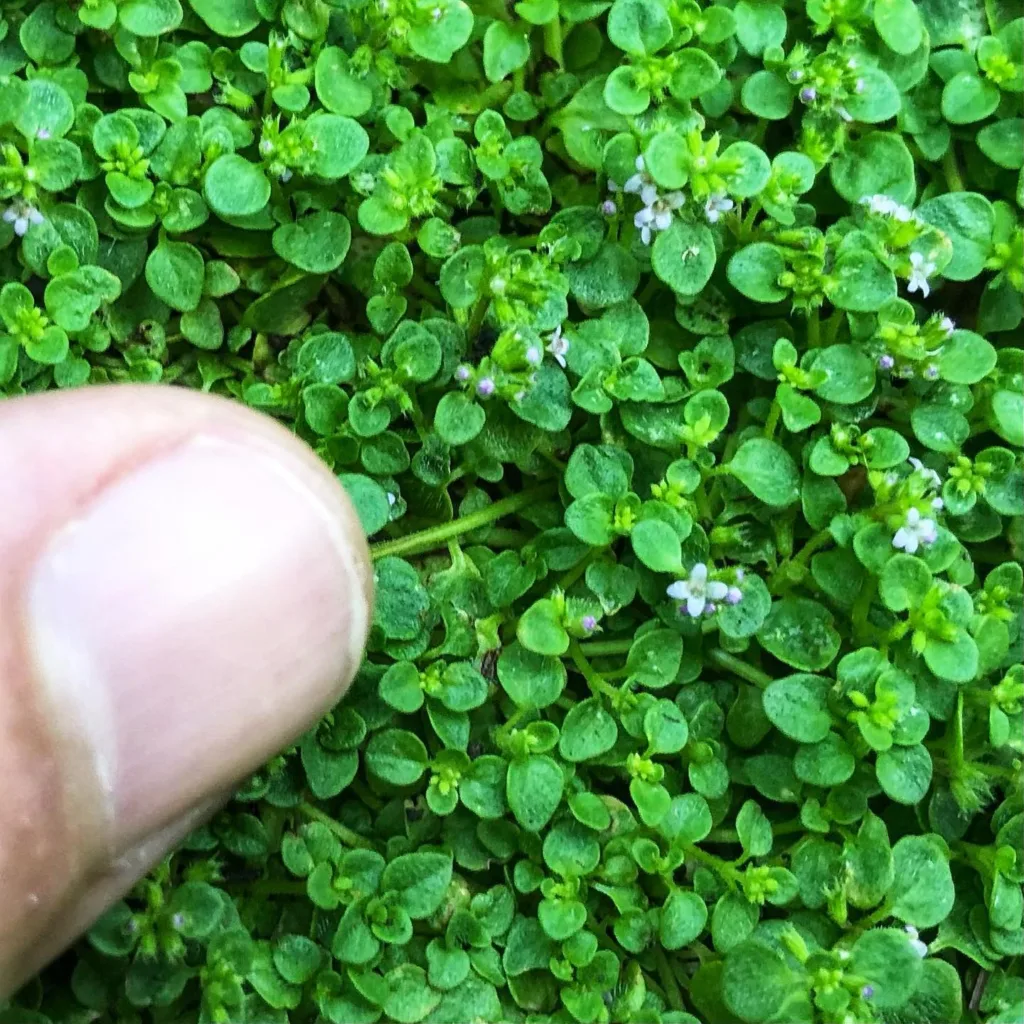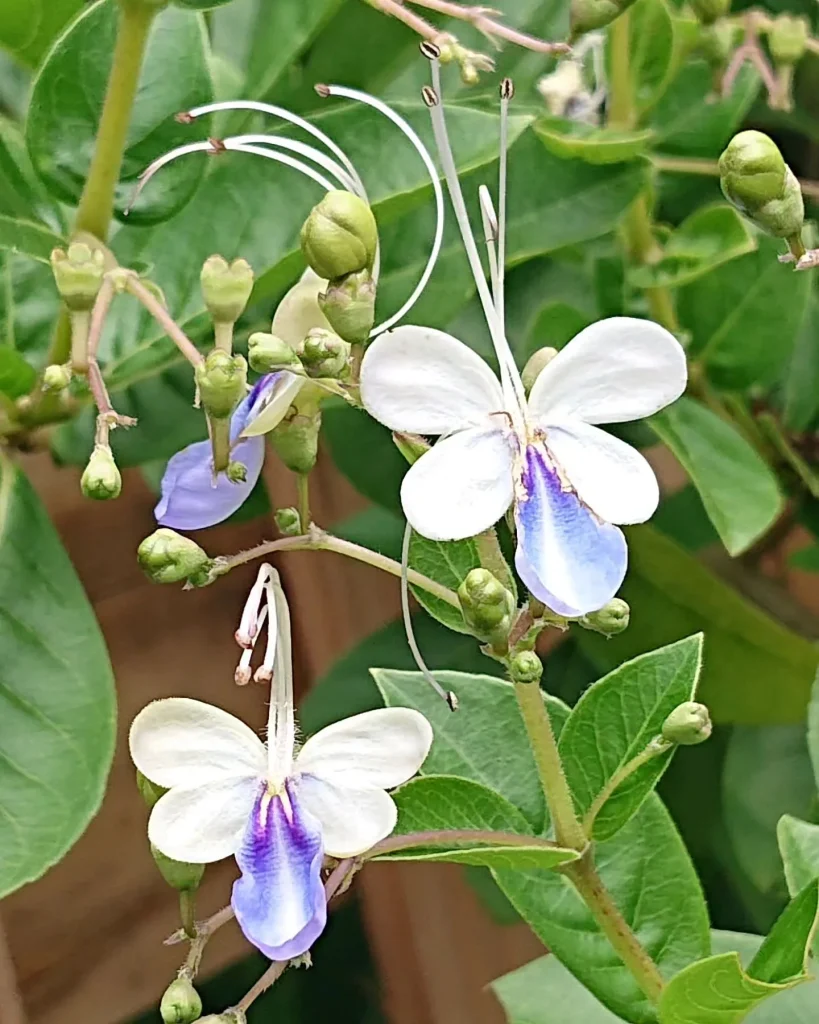
April 3 – Ammi
"Ammi, the delicate laceflower, defines April 3."
Ammi represents grace and connection. You are intricate and elegant, building meaningful relationships and adding beauty to every environment. Like the laceflower, your presence creates harmony and balance.
Ammi: A Lace-Like Delight
My name is Ferb Vu, and I’ve always been drawn to the delicate beauty of umbelliferous plants. Their airy flower clusters, reminiscent of Queen Anne’s lace, bring a touch of whimsy and elegance to any garden. Among my favorites is the genus Ammi, a group of flowering plants that truly exemplifies this ethereal charm.
Ammi belongs to the family Apiaceae, which also includes well-known culinary herbs like carrots, parsley, and dill. Native to southern Europe, northern Africa, and southwestern Asia, Ammi species are typically annuals or biennials, gracing gardens with their presence for a season or two.
Distinctive Characteristics
What sets Ammi apart? It’s all in the details. Their foliage is finely divided, creating a fern-like texture that adds depth and intricacy to planting schemes. But the real showstopper is the inflorescence – a compound umbel composed of numerous tiny flowers arranged in a flat-topped cluster. These delicate blooms, usually white or cream-colored, create a lace-like effect that softens the landscape and attracts pollinators like bees and butterflies.
Species in Ammi
The genus Ammi comprises several species, each with its unique characteristics:
- Ammi majus is commonly known as “bishop’s weed” or “false Queen Anne’s lace.” This tall, graceful annual or biennial plant produces delicate, lacy white flower clusters that resemble those of Queen Anne’s lace. It thrives in well-drained soils and full sun, often reaching heights of up to 1.5 meters. Popular in cottage gardens and wildflower mixes, Ammi majus attracts beneficial pollinators like bees and butterflies. It’s also beloved in floral arrangements for its airy, elegant look, adding a soft texture to bouquets.
- Ammi seubertianum is a lesser-known species of Ammi, native to the Mediterranean region. It shares the characteristic umbel-shaped flower clusters but is generally shorter and more compact than Ammi majus, growing up to around 60 centimeters. Its flowers are slightly denser, and the foliage is delicate, resembling fine threads. This species adapts well to dry, rocky soils, making it suitable for xeriscaping and gardens in arid climates. Ammi seubertianum is valued for its resilience and can bring a subtle, naturalistic aesthetic to landscapes in drier regions.
- Ammi trifoliatum is an uncommon Ammi species distinguished by its tripartite leaves, which are divided into three leaflets, a characteristic unique among its relatives. Originating in Southern Europe and North Africa, it is somewhat drought-tolerant and prefers sandy or gravelly soils. Its umbels are smaller but still attract pollinators, adding diversity to the local ecosystem. The compact growth habit of Ammi trifoliatum makes it a subtle choice for rock gardens or borders, where its delicate, finely-cut leaves create a soft visual contrast with larger, more rigid plants.
Cultivating Ammi
Growing Ammi is a relatively straightforward endeavor. These plants thrive in full sun and well-drained soil. They are adaptable to various soil types but prefer fertile conditions. Sowing seeds directly into the ground in spring is the most common propagation method. Once established, Ammi requires minimal care, needing only occasional watering during dry periods.
Uses and Benefits
Ammi species are primarily grown for their ornamental value, adding a touch of airy elegance to gardens, borders, and wildflower meadows. Their delicate blooms are also prized for cut flower arrangements, bringing a touch of nature indoors.
Beyond their aesthetic appeal, some Ammi species have traditional medicinal uses. Ammi visnaga, in particular, has been used for centuries to treat various ailments, including kidney stones and asthma. However, it’s crucial to consult a healthcare professional before using any plant for medicinal purposes.
Personal Reflections
I find Ammi to be a captivating genus, embodying the essence of natural beauty and grace. Its delicate flowers and feathery foliage evoke a sense of tranquility and wonder. Whether adorning a garden border or gracing a vase, Ammi never fails to enchant.
In my own garden, I’ve found that Ammi majus and Ammi visnaga make excellent companions for other flowering plants, their white blooms providing a neutral backdrop that complements a wide range of colors. I particularly enjoy the interplay of textures created by combining Ammi with plants like lavender, coneflowers, and ornamental grasses.
The versatility of Ammi also extends to its use in dried flower arrangements. The umbels retain their shape and color beautifully when dried, adding a touch of rustic charm to winter bouquets and wreaths.
In conclusion, the genus Ammi offers a delightful array of plants that combine delicate beauty with ease of cultivation. Whether you’re a seasoned gardener or a novice enthusiast, Ammi is sure to bring a touch of airy elegance to your green space.
If i die, water my plants!



